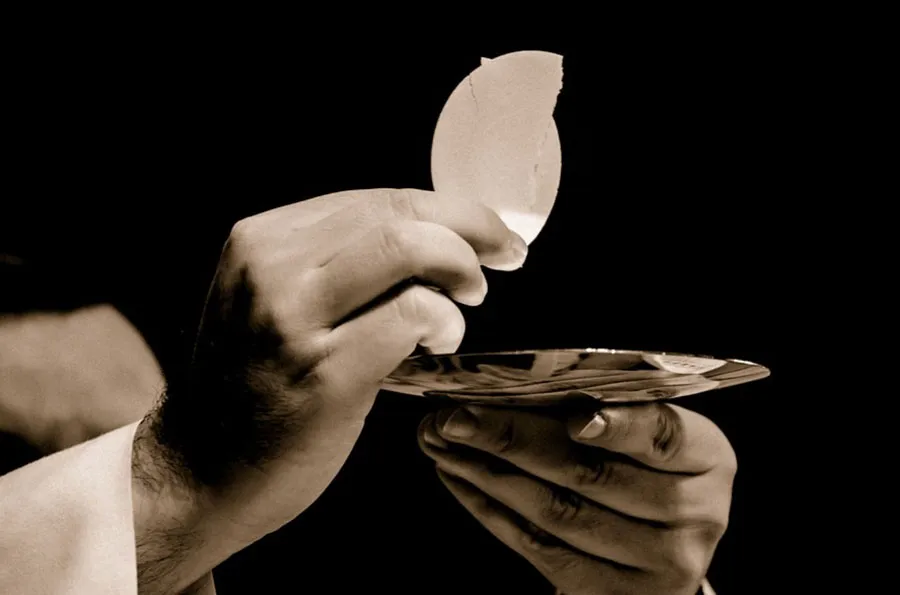Vatican City, 25 June, 2019 / 6:00 pm (ACI Africa).
The Catholic Church is one of the last major holdouts among Christians to insist that their clergy be exclusively men. This has been a source of much questioning and, at times, great controversy even among practicing Catholics. The argument usually focuses on Jesus having picked only men to be his Apostles, in spite of the fact that he clearly felt free to defy contemporary customs in a whole range of other areas of his ministry.
However, at a conference several years ago, something I heard on the subject of male priests really struck a chord with me. And, it convinced me that not only is this issue settled doctrine (per Pope St. John Paul II), but the deep, theological and physiological meaning behind this teaching is badly needed in our culture today.
What many might find odd, at first, is how closely this issue ties in with marriage. (Stay with me on this.) Catholics take John 6 literally:
I am the living bread which has come down from heaven. Anyone who eats this bread will live forever; and the bread that I shall give is my flesh, for the life of the world.' Then the Jews started arguing among themselves, 'How can this man give us his flesh to eat?
(And the murmuring continues today among Christians and non-Christians, alike.)
After hearing it, many of his followers said, 'This is intolerable language. How could anyone accept it? Jesus was aware that his followers were complaining about it and said, 'Does this disturb you?
We know this was intended to be literal, because even when most were recoiling at this statement, Jesus didn’t back off. He doubled down, reiterating the point four times.
So, Jesus is the giver of life. We receive life from him. He is the “bridegroom” and we are the “bride of Christ – the Church” (in a collective sense). When we receive Jesus – in the flesh – in the Eucharist at Mass, “the two become one flesh” in a literal sense. What a beautiful thing!
In marriage, something very similar happens. The bridegroom/husband gives of himself to his bride. He gives. She is made to receive that gift. The two become one flesh and new life comes from that act – life-giving to the relationship and sometimes in the form of a new image of God being created. Marriage and the Eucharist are woven together in meaning. Both sacraments tell us a great deal about each other.
So, if the Eucharist is what we are doing to reflect Jesus’ words, “Do this in memory of Me,” then how the “this” is carried out is critical. From these words of Christ at the altar, the “gift of life” is prepared and presented to the bride.
Therefore, the priest – the only one who can perform this action – must be male. He (in the person of Christ) gives life to the faithful – to the bride. And we receive that gift. (And if your church doesn't take John 6 literally, it really doesn't matter what sex your clergy is, and it makes marriage much more malleable to suit whatever definition pleases you.)
This unique role for a select few men offers a profound lesson for our society today. Men have a vital role in the Church and in marriage. There are some things only men have the ability to do. Women, also, play a vital role in the Church and in marriage. They receive the seed of life and carry it. They are (very literally) “tabernacles.” It is for this reason a man “genuflects” when proposing to his bride to be. He is honoring this reality by bowing to her and offering deference to her womb — the carrier of images of God — of Life.
While our society continues to wallow in confusion about the sexes, about the meaning of human sexuality, and insisting that men and women aren’t really different, thank God Almighty that He has preserved this incredible meaning within His Church. May it be a light to the world and may we appreciate it all the more in how we view the reality of marriage and in the gift of the Eucharist.







